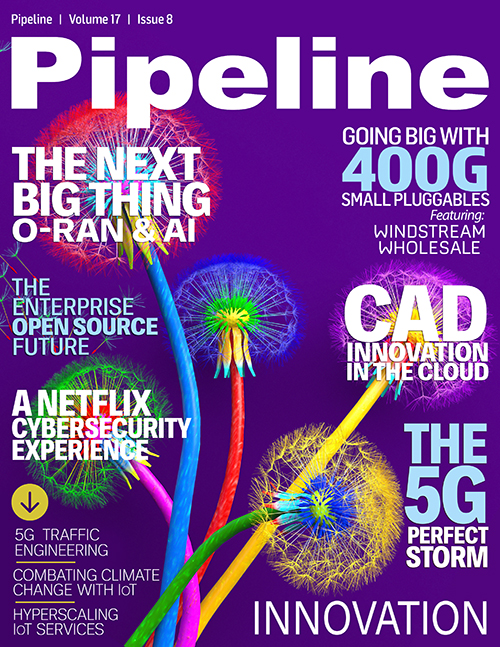A Stormy 5G Transformation Forecast
Automation
Lab, test and field automation all got a boost from COVID-imposed physical limitations. In the lab, the question for teams restricted from access was, how can these environments be consolidated, managed remotely and quickly automated?
In test environments, how could efficiency be introduced to accelerate release cycles and create agile pipeline processes to streamline internal and external end-to-end digital supply chains? And how could it all be done effectively across silos?
Even drive testing saw automation-driven advancements. When it’s no longer safe for crews to ride together in testing vans, what do you do? It turns out that you lean more heavily on automation to complete test drives in a process led by just one crew member supported by a remote team.
Automation is quickly becoming a priority, with an understanding that it cannot happen in silos. Seamless, holistic automation across the business is what will be required to meet performance and reliability needs.
Continuous testing
Continuous integration and deployment (CI/CD), the foundation of continuous testing (CT), helps guarantee quality and performance throughout the lifecycle, from pre-deployment through activation, into live operations and ongoing change management. It all goes back to what it takes to move swiftly through those multi-vendor, high software volume, new processes environments.
In the APAC region, the pursuit for enterprise is in full gear, whereas in the west, efforts on this front are just ramping up. Successfully serving the commercial markets will demand operators have agile network environments that can adapt to the needs of the moment. In this regard, CI/CD is the linchpin. It entails testing and validating through every phase, continuously, whether it is pre-deployment or monitoring configuration changes in the field.
There is a big push for operators to embrace CI/CD now as the multivendor 5G core network becomes a reality, bringing with it a requirement for virtualization and third-party, multi-vendor support in multiple environments.
Active testing
Passive monitoring had a major role in keeping tabs on performance at important locations within the previous generation of mobile networks. Passive assurance relies on statistical analysis conducted on a deluge of real traffic flowing through the network. It is relatively expensive to deploy and relies on live traffic to produce insights about where problems may exist.
5G is increasing focus on active monitoring, where synthetic traffic is injected into the network 24-7 to understand how the network performs at any given moment. It offers several benefits over passive testing. First, it is less expensive to deploy, making it easier to roll out across the network instead of just at key locations. Second, with traffic relatively light on 5G networks today, active testing’s synthetic traffic approach ensures that operators always have a sense of how networks are performing, whether they’re under heavy use or any use at all. Third, it’s far more cost-effective to deploy, especially in cloud environments where storage, processing and bandwidth all run up the price of testing, monitoring and crunching data around actual traffic.
Active and passive testing play a starring role in active assurance and passive assurance efforts that will ensure networks meet stringent performance requirements. Active testing already began making a name for itself in 5G networks. In 2020 alone, we saw over-the-air user experience tests from fixed field locations, progressive active


















